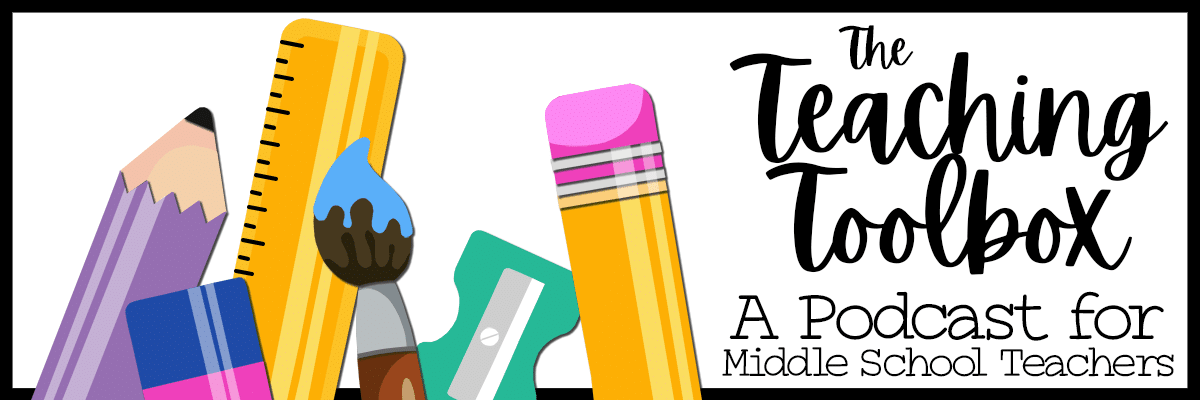Recent Episodes
Meet the Hosts

Brittany - The Colorado Classroom
Hey there, I’m Brittany! I taught for 17 years, all in 6th grade, but half of it was in an elementary school set-up, and half was in a middle school. I’ve taught every subject, but history and math are my loves. I’ve been making teacher curriculum since 2013 and enjoy helping teachers grow and thrive. When not working, I am a wife to my high school sweetheart and a mother to two wonderful kids.
- an educator since 1998, teaching history, math, and other subjects
- a lover of hands-on education
- seeks to celebrate students in many facets
- enjoys problem-solving
- works to help teachers grow

Ellie – Cognitive Cardio Math
I’m Ellie, a wife, mom, grandma, and dog ‘mom,’ and I’ve spent just about my whole life in school! With nearly 30 years in education, I’ve taught: All subject areas in 4th and 5th grades as well as Math, ELA, and science in 6th grade (middle school).
I’ve been creating resources for teachers since 2012 and have worked in the eLearning industry for about five years as well!
- an educator since 1992, teaching math (and other subjects) in 4th, 5th, and 6th grades
- a lover of math
- a perpetual learner
- a seeker of solutions
- a coach of teachers
Browse Our Podcast Directory
Use the Search Tool
